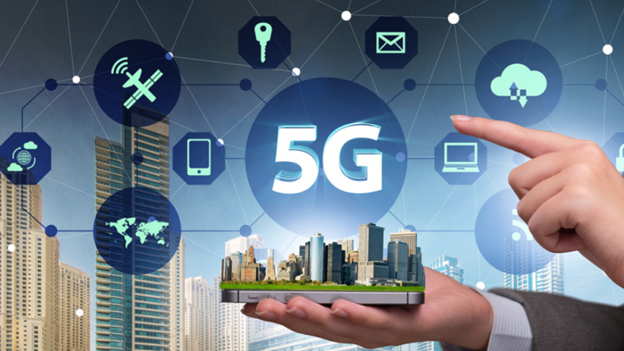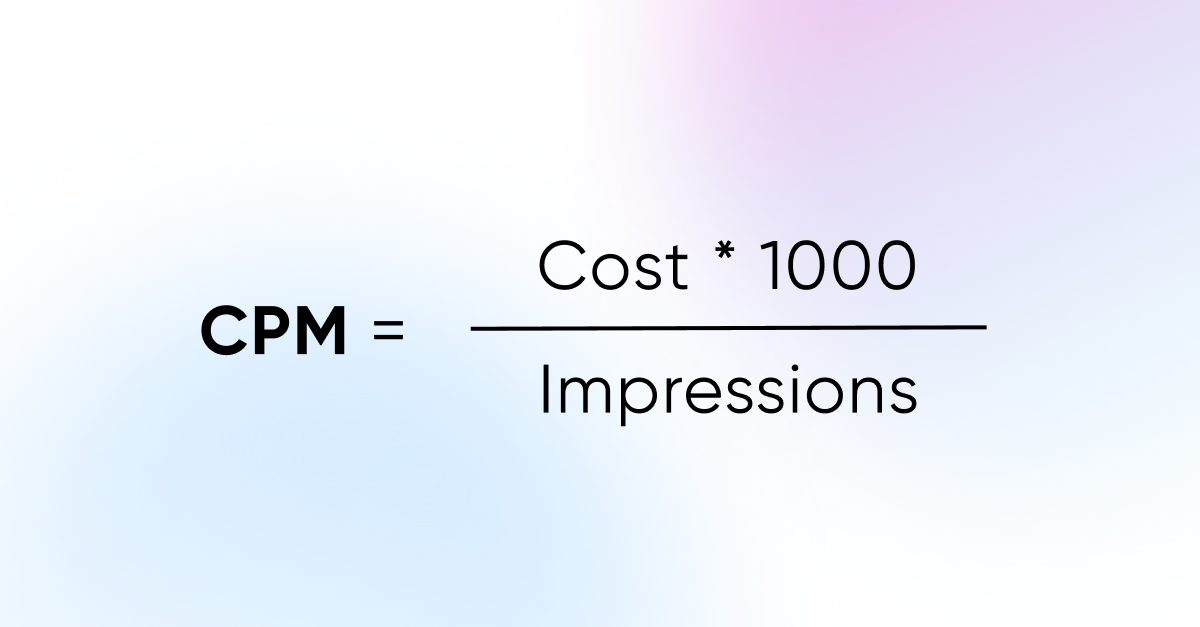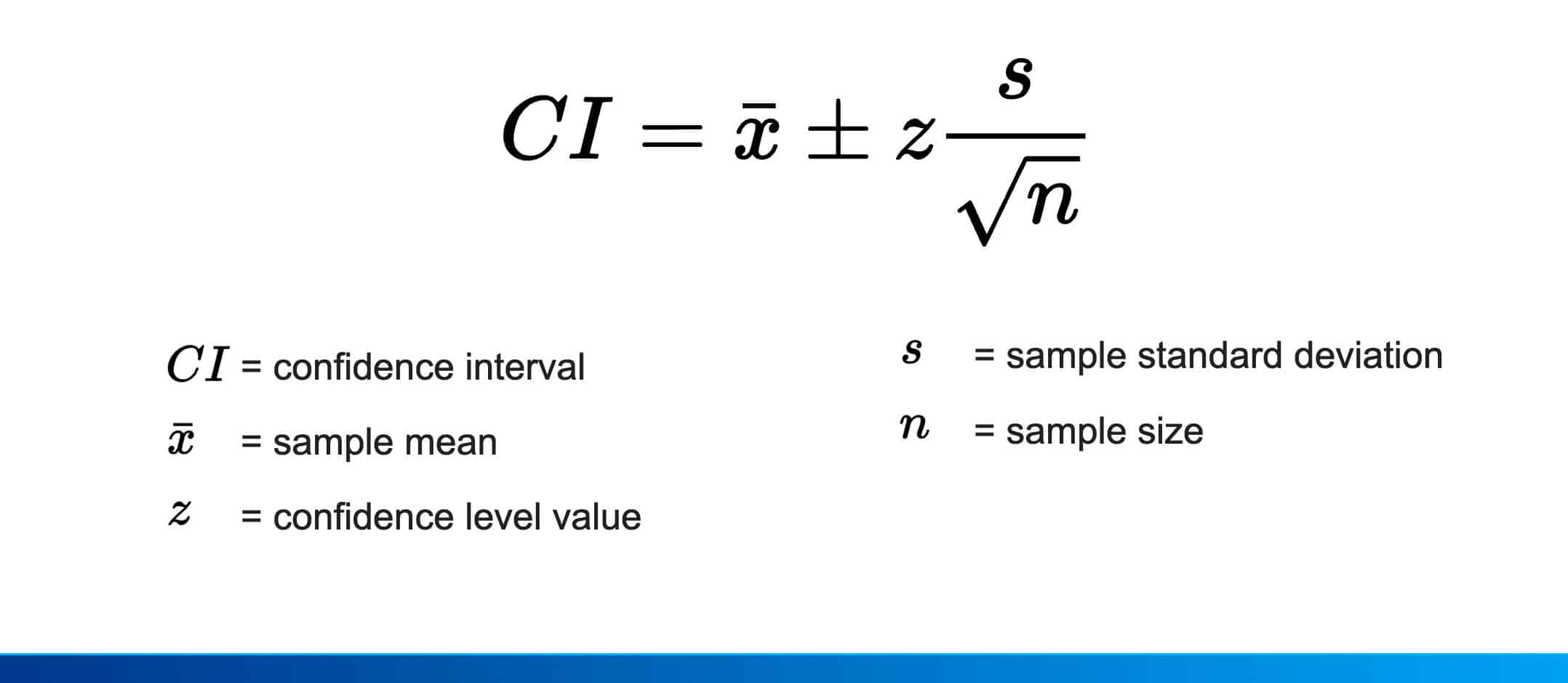5G Revolution: What It Means for Connectivity and Innovation
What Is 5G?
5G, the fifth generation of wireless technology, represents a monumental leap forward in communication networks. It promises faster speeds, lower latency, and massive device connectivity. But what does it mean for us?
Speed and Capacity
- Blazing Fast: 5G offers speeds up to 20 gigabits per second, making HD video streaming, virtual reality, and augmented reality seamless.
- Low Latency: Latency, the delay between data transmission and reception, is reduced to milliseconds. This is crucial for real-time applications like autonomous vehicles and remote surgeries.
- Massive Device Support: 5G can handle up to 1 million devices per square kilometer, enabling the Internet of Things (IoT) to flourish.
Use Cases and Impact
-
Enhanced Mobile Broadband:
- Imagine downloading a full HD movie in seconds or streaming 4K content without buffering.
- 5G transforms mobile experiences, making everything faster and more responsive.
-
Internet of Things (IoT):
- 5G enables billions of connected devices, from smart homes to industrial sensors.
- Smart cities, agriculture, and healthcare benefit from seamless communication.
-
Mission-Critical Applications:
- Industries like healthcare, manufacturing, and transportation rely on 5G for real-time control.
- Autonomous vehicles, remote surgeries, and smart grids become feasible.
How 5G Works
- Frequency Bands: 5G uses a mix of low-, mid-, and high-frequency bands.
- Millimeter Waves: High-frequency millimeter waves (30 to 300 gigahertz) enable ultra-fast speeds but have shorter range.
- Small Cells: 5G networks deploy small cells closer to users for better coverage.
Transforming Industries
-
Healthcare:
- Telemedicine, remote diagnostics, and patient monitoring benefit from 5G’s low latency.
- Surgeons can perform procedures remotely with precision.
-
Manufacturing:
- Smart factories use 5G for real-time data analytics, predictive maintenance, and automation.
- Robots communicate seamlessly, improving efficiency.
-
Transportation:
- Connected vehicles exchange data for safer roads and efficient traffic management.
- Autonomous cars rely on 5G for split-second decisions.
-
Retail:
- Personalized shopping experiences, inventory management, and supply chains optimize with 5G.
- Augmented reality enhances in-store interactions.
-
Smart Cities:
- 5G powers smart grids, waste management, and public safety systems.
- Efficient urban infrastructure relies on seamless connectivity.
Challenges and Considerations
- Infrastructure: Deploying 5G requires extensive tower installations and fiber-optic networks.
- Security: Protecting against cyber threats becomes critical.
- Privacy: Balancing data utilization with user privacy remains a challenge.
- Global Adoption: Different regions have varying levels of 5G deployment.
Conclusion
As 5G networks expand globally, we’re witnessing a transformative era. From faster downloads to life-saving applications, 5G is more than just an upgrade—it’s a revolution. So, buckle up for a connected future where innovation knows no bounds! 🌐🚀
!5G Revolution







